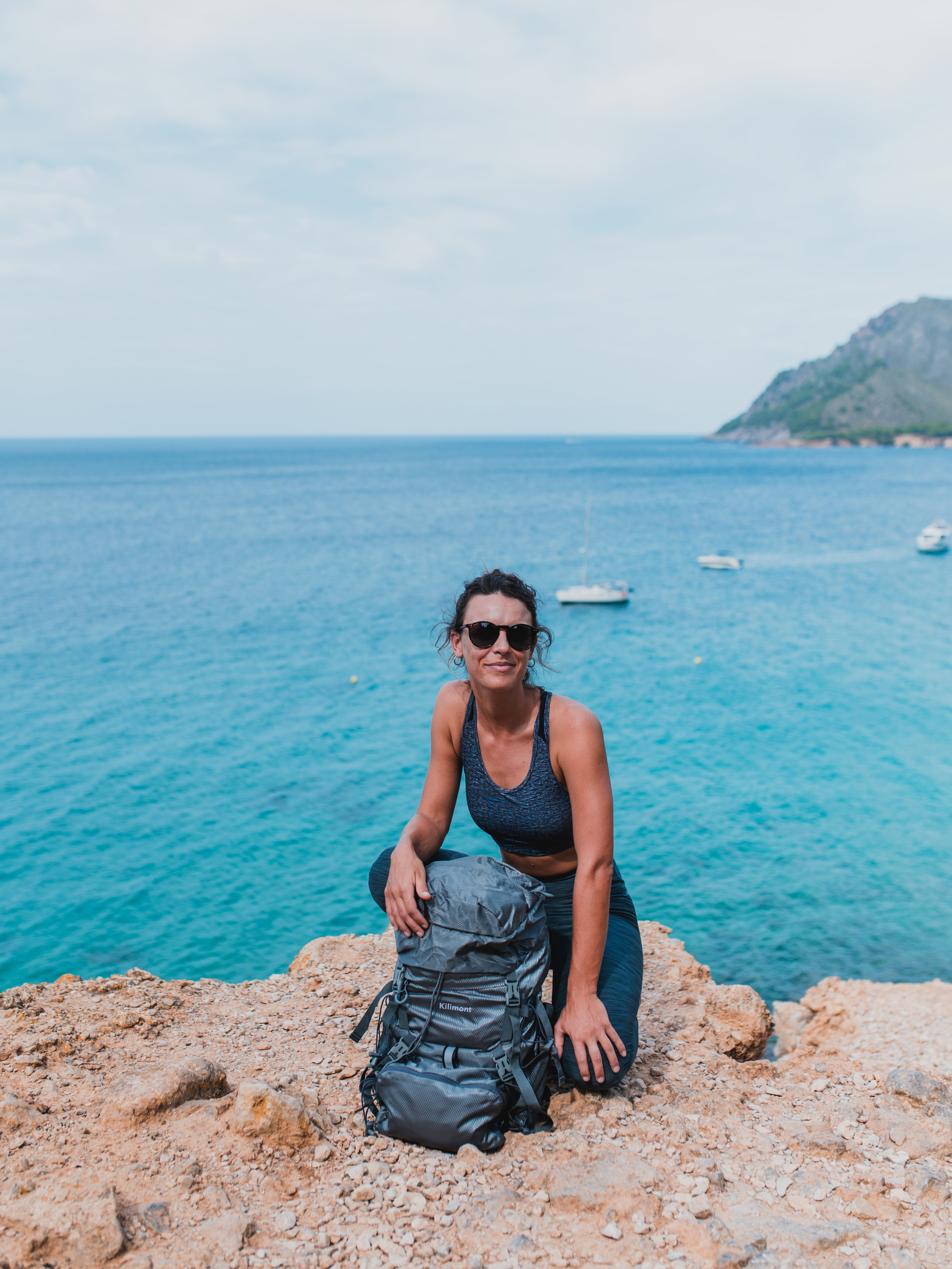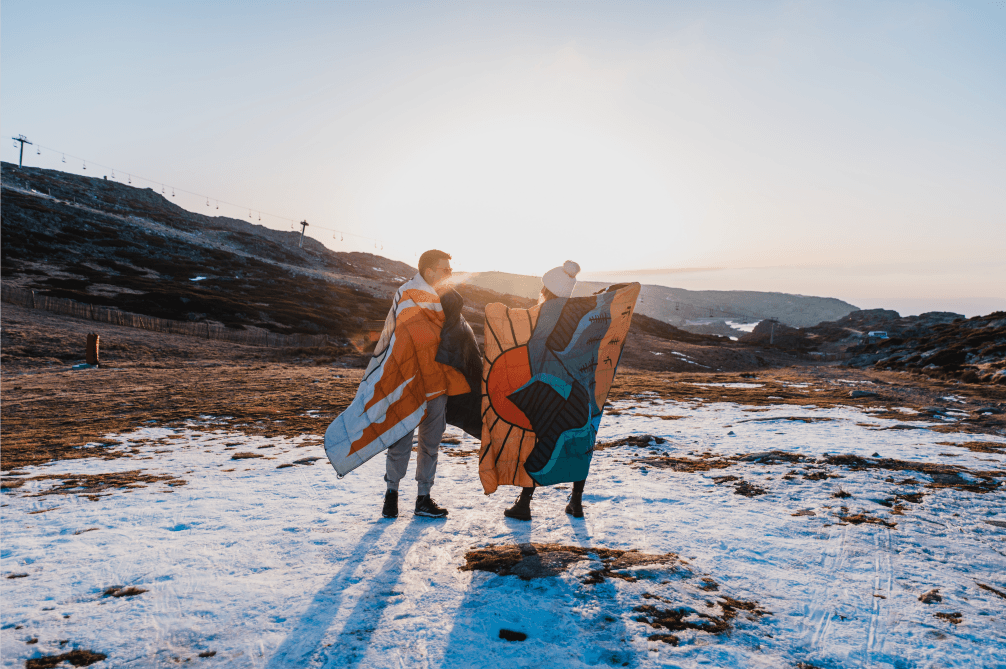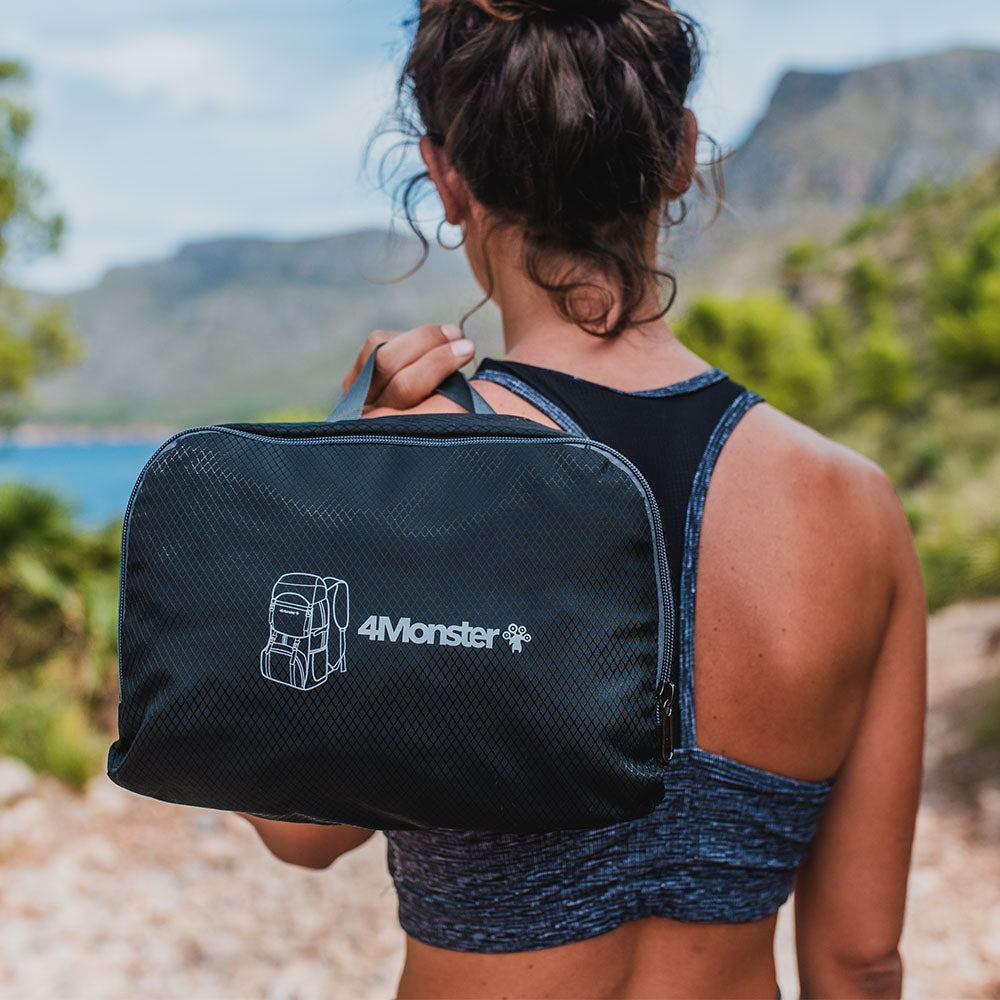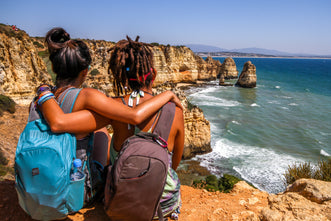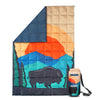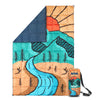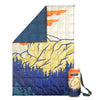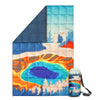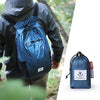How to design a hiking route yourself?
- First, select the destination you need to go to. You can choose the route you want to hike according to your hobbies. Second, design the itinerary, budget, physical strength, equipment, weather, membership, safety factors, etc .. Finally, there must be multiple retreats or transfers program.
- Design and preparation for outdoor long-term activities
The long line is not as casual as the short line, and there are many places to pay attention to. If you follow the commercial team on foot, you will basically evaluate and prepare for yourself.
- Discussion and planning: Long-term activities and communication and agreement with teammates are necessary. A temporary group can be established when the convening is released, so that everyone can interact and communicate with each other about this event, and propose related agreements. Modify the plan according to everyone's reasonable suggestions, and when a relatively unanimous opinion is reached, the itinerary and the screening of teammates are carried out.
- Travel problems: There are various modes of travel, and the meeting place needs to be unified, and then the bus or chartered car is used. Travel has always been time-consuming. Most of them require chartered cars, contact the master, determine prices and vehicles, and return time. It is agreed that the car fare cannot be distressed on the issue of chartered cars. You need to choose a safe vehicle and an experienced driver. You can read some driver reviews or word of mouth on related forums.
- Accommodation: If you can't go up the mountain or hike on the day, and you need to stay in the bad weather, you need to have a plan for accommodation, and make reservations in advance. Generally, you need to purchase food before departure. Time easing allows for complementary procurement locally.

- Equipment requirements and sharing of public supplies: Long-term activities, especially activities in unfamiliar environments, must be prepared in advance, which is also one of the guarantees of activity safety. Generally, long-term activities should be carried as lightly as possible, but the necessary equipment cannot be discarded. Equipment is a requirement for the event designer. This requires the convener to consult a large amount of data, and also take into account the local climate change factors. If the equipment can not meet the requirements of crossing the environment, it is necessary to purchase and replenish the equipment. Public materials are generally heavy and can be shared according to the load of the teammates
- Activity budget and summary: Make an approximate budget before departure to let everyone know, and after the event, make detailed financial statements and share them evenly.

-
Risk assessment: The long-term is the coexistence of beauty and risk, which is often uncontrollable, so we must fully consider the risks in the overall activity. If how to avoid and control the risks when they occur, we need to understand the occurred or potential risks , And plan a downward route. Insurance must be bought. This is responsible for yourself and your family, as well as your teammates.

